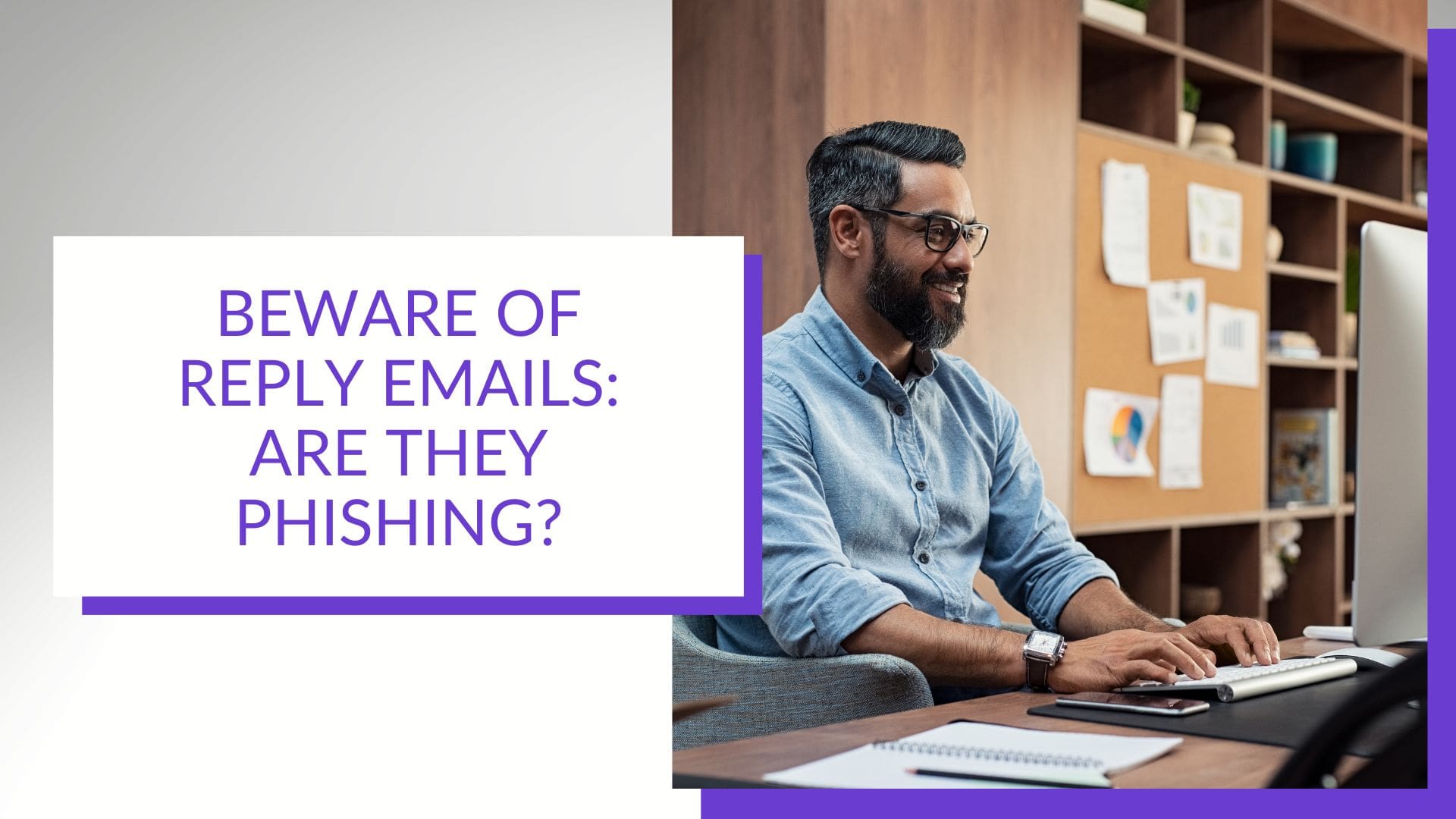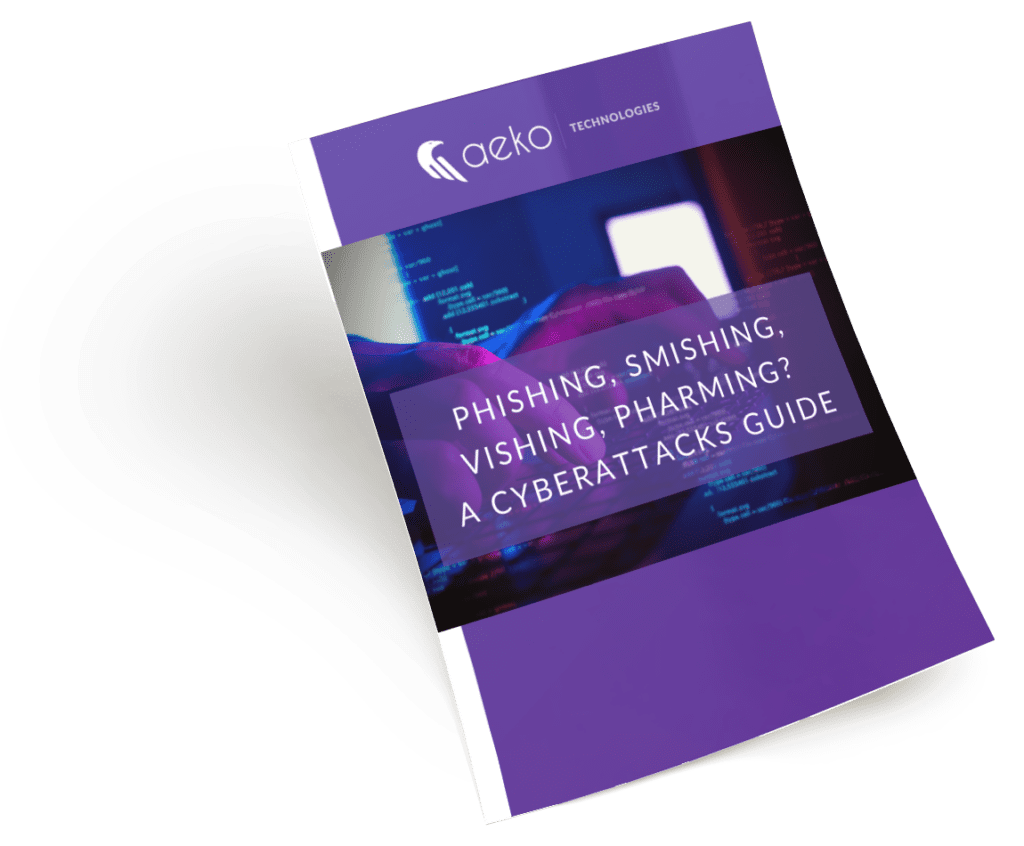Did you know that phishing is still the main method for cyber attacks? Protecting your business and yourself from threats like reply chain phishing attacks is critical to maintaining the health and viability of your business operations. Cyber security is particularly critical for remote workers in their day-to-day work.
With cybercriminals and hacking methods becoming more sophisticated, it can be difficult to fight against these cyber threats when you don’t know what to look for. Here’s everything you need to know about protecting your business against reply chain phishing attacks.
Reply Chain Phishing Attacks: What’s at Stake
So what exactly are “reply chain phishing attacks” and how can they hurt your business? Simply put, it’s when a phishing email is hiding in a seemingly routine reply chain email. This clever tactic catches most people off guard since it works with an existing reply chain, rather than a new message like typical phishing attacks.
When you have an email reply chain from coworkers or other vendors, you may not always be constantly looking out for phishing attempts. With this method, it’s important to know how cybercriminals gather your information from these attacks and what to do to protect yourself.
How Cybercriminals Gain Access to Your Reply Chain
Now that we know what reply chain phishing attacks are and what’s at stake, it’s vital to understand how cyberattacks happen via this approach and how hackers can gain access to your most secure and private information.
When someone already on the email reply chain has been hacked, the hacked account creates an opening for phishing. By using a recognizable email within the chain, cybercriminals can gain trust and then send along a link that leads to a malicious data-harvesting phishing site.
Why These Attacks Are Increasing
The reason reply chain phishing attacks are on the rise is that they’re remarkably effective. By gaining access to the email reply chain, cybercriminals can provide a seamless segue into the conversation and appear to have established trust by posing as someone within the organization.
They may examine the emails and notice the conversation has been focused around a new software or product release, and then add their link into the reply chain for their phishing attack. Because of its convincing nature, it’s very easy for many to fall victim.
Why do cybercriminals tend to go after business emails, though? Let’s take a closer look at where potential vulnerabilities lie.
How Your Business Email Is at Risk
Business emails are prone to hacking due to unsecured or weak passwords and are susceptible to data breaches. Credential theft is one reason why cyber criminals target businesses and their staff’s accounts since this sensitive information can be used or sold for their gain.
Now that you know a bit more about reply chain phishing attacks, you may be asking, “How can I prevent my business email and myself from being a cybercrime statistic?” Thankfully, there are some simple but effective ways to combat reply chain phishing attacks.
How to Fight Back Against Reply Chain Phishing
Though cybercriminals are trying even more cunning ways to gather your information, it’s important to be just as clever in return. Fortunately, you won’t need to entirely revamp your processes and can easily integrate these practices into your existing safety protocols.
Here are some ways to protect yourself from reply chain phishing attacks and keep your business email secure:
Be Wary of Email Attachments
Be cautious of any email attachment before opening, even if the attachment appears to be from a trusted source. While most email systems will flag content that seems malicious, email chain attacks are harder to detect when it comes from a familiar email address. Take extra precautions with links by scanning them for viruses first.
Train Your Staff on Phishing Awareness
Make sure your staff knows what to look out for, such as language that may be “off” or simple errors in an email chain. Train them on what reply chain phishing attacks are and how to be aware of the potential signs that one of their coworkers, or perhaps even their email, has been hacked. Create a training program or set aside time for a cyber security expert to speak with everyone and repeat the training as often as necessary.
Update Your Systems Routinely
When your office computer network is working off an old system, it becomes more vulnerable to potential phishing attempts. By routinely scheduling updates (and sticking to them), you’re helping to prevent hackers from taking advantage of whatever vulnerabilities may have been present in your existing system. New updates come with better security, meaning you’re less likely to fall victim to a cyberattack.
Enforce Multi-Factor Authentication
Even if a cybercriminal gains access to your login credentials, multi-factor authentication (MFA) is beneficial in keeping them out. Whether you utilize two- or three-step factors, such as a security question or a verification code, MFA keeps your emails and systems more secure. Implement multi-factor authentication wherever it’s provided to minimize security risks.
Implement Sign-In Alerts
Getting a sign-in alert on your desktop, phone or another device any time there’s a login is a great best practice. This way, when there’s a notification about an unknown device or unauthorized login, you can quickly take the necessary safety protocols and precautions. Any of these login attempts immediately gives you an advanced warning so that your account isn’t lost or compromised.
Use Secure Password Managers
By having a secure business password manager, you’re offering a safe place for your employees to keep track of their passwords. Passwords that are reused across accounts or weak passwords make them especially susceptible to cyber attacks. Plus, the password manager tool can help generate strong passwords, further increasing security for emails and other necessary business software.
Use Cyber Security to Protect Your Business
Implementing the right security measures at your business doesn’t have to be daunting. As long as you and your company are aware of the signs of reply chain phishing attacks and are prepared for them, you should be protected.Want to maximize protection for your business? Partner with the right cyber security experts in the Fort Worth area. Contact us or book a quick consultation with Aeko Technologies to safeguard your operations against cyber attacks.
Are you aware of the most common cyberattack methods?
Did you know there are over 3.4 billion phishing emails sent every day? Phishing and other cybercriminal behavior are a lot more common than you’d think.
Our free “Phishing, Smishing, Vishing, Pharming? A Cyberattacks Guide” will inform you about cyberattack methods and give you the latest in data security tips.


